
Urban Farming Pocket Park
A pocket park is a small outdoor space, usually only a few house lots in size or smaller, most often located in an urban area surrounded by commercial buildings or houses on small lots with few places for people to gather, relax, or to enjoy the outdoors. They are also called vest pocket parks, a term first used in the 1960’s. Pocket parks are urban open spaces on a small-scale and provide a safe and inviting environment for surrounding community members. They also meet a variety of needs and functions, including: small event space, play areas for children, spaces for relaxing or meeting friends, taking lunch breaks, etc. Successful “pocket parks” have four key qualities: they are accessible; allow people to engage in activities; are comfortable spaces and have a good image; and finally, are sociable places: one where people meet each other and take people to when they come to visit. While at the same time urban sprawl is destroying community involvement and social gatherings. Urban sprawl it a term used to describe the migration of a population from populated towns and cities to low density residential development over more and more rural land. The end result is the spreading of a city and its suburbs over more and more rural land. In other words, urban sprawl is defined as low density residential and commercial development on undeveloped land. Although this has always been since the world have began urban sprawl encourages people to become less social and more detached from their community. Since they live so far from their works and other amenities, the have less time to get involved with their community. Also with homes being developed further from established ares of town/ downtown area people have to drive further and more often to get to work which increase pollution. A landscape architect spoke at a TED talk once and explained an interesting phenomenon. One would expect the most pollution to concerted in the downtown areas but a study has shown that most of the pollution caused in cities is actually on the outskirts of the city. A creative way to get people more involved in their community and bring interest back to downtown is to create a variety of pocket parks which house urban farms. Urban farms or agriculture is the practice of cultivating, processing, and distributing food in a small community. A study was conducted in Detroit, Michigan in which the Detroit Recreation Department created and helped manage urban farms in vacant city lots around Detroit. The Urban Agriculture program helped reduce urban blight, provided educational opportunities, and improving access to fresh produce thus in turn creating happier community members.
In my proposed pocket park I will create a community gathering place in which community members can interact and take pride in their surrounding community. There will be an area for the members of the community to not only grow fresh produce but also sell/barter produce to the surrounding community and to the people because of urban sprawl work downtown but live on the outskirts of town. Also, there will be an area for the community to hold community gathering or block parties where their kids can play and interact with other kids and/or inspiring musicians or poets play/recite their work to the public. I want to create a safe environment where people plagued by urban sprawl can realize the beauty of the downtown area and the need to be involved with their surrounding community. Promoting interaction will result in happier people which results in a healthier city.
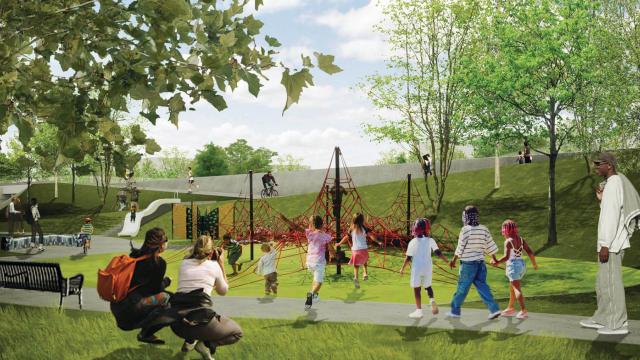
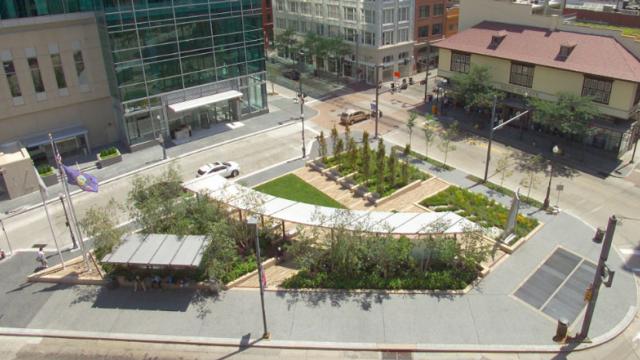


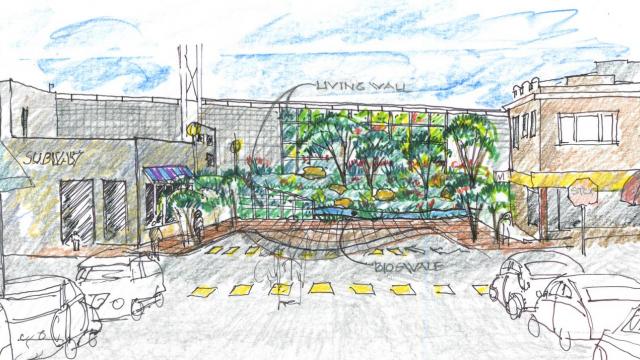

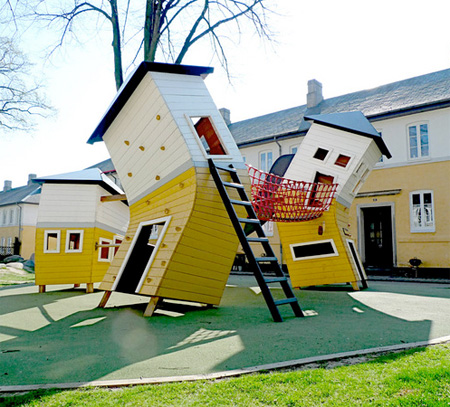

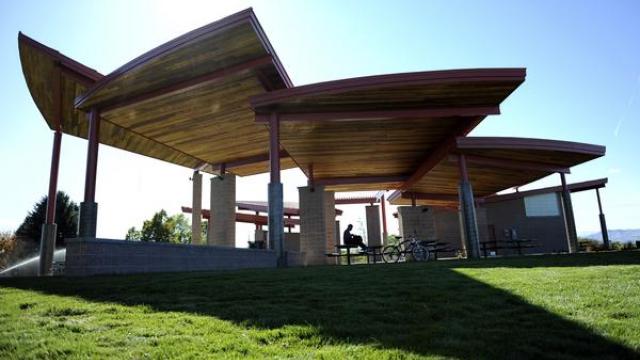


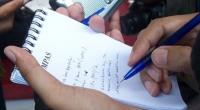
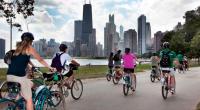







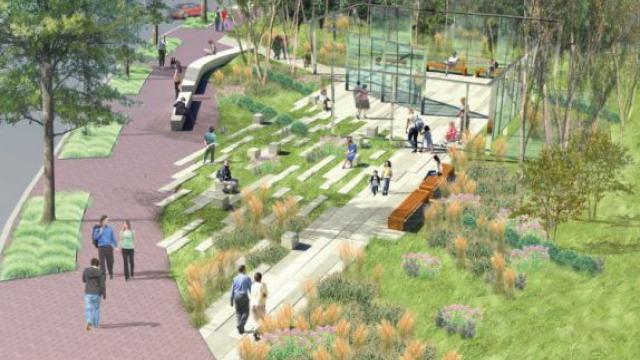
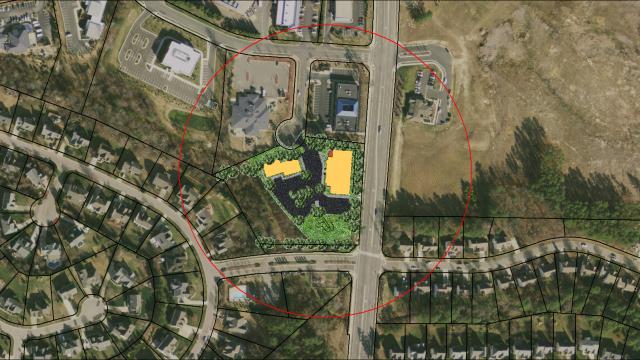
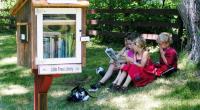
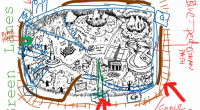







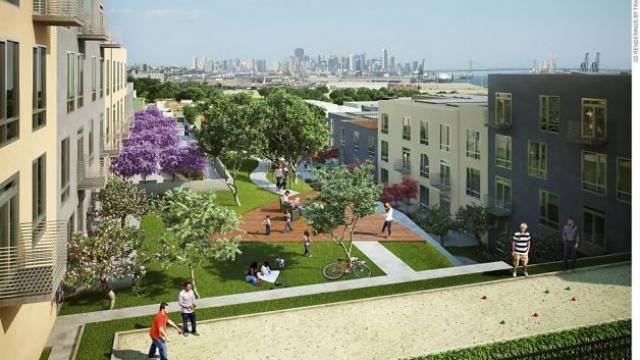
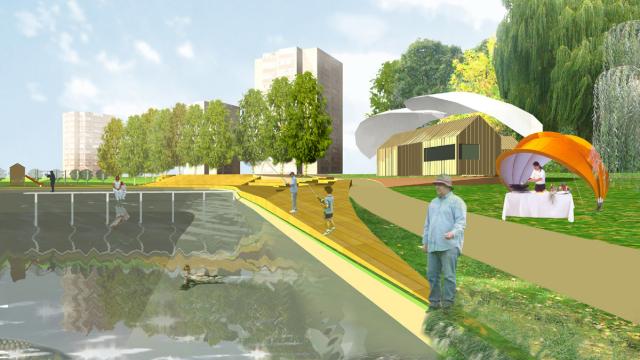








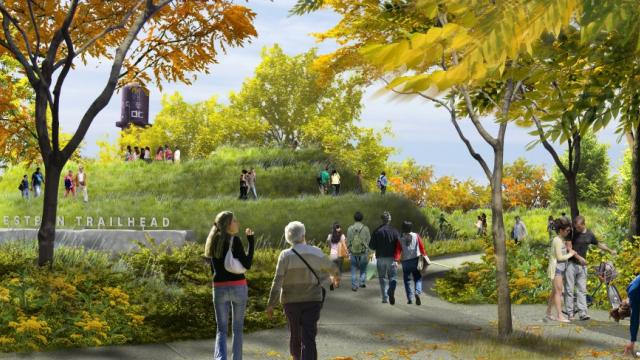
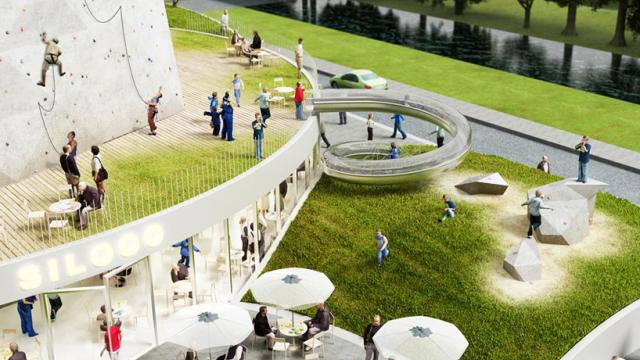
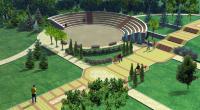








Comments
You've addressed something I haven't seen in many other projects- the function of a park as neighborhood pride. As part of their projects, everyone has discussed the direct ways people benefit from parks like using playgrounds or the trees for shade. Others have addressed the economic benefits on neighborhoods. You're the first to mention the fact that parks add an important facet to a person's pride and love for their environment. As someone who spent a lot of time overseeing public, community parks I appreciate you recognizing this important trait of public space.